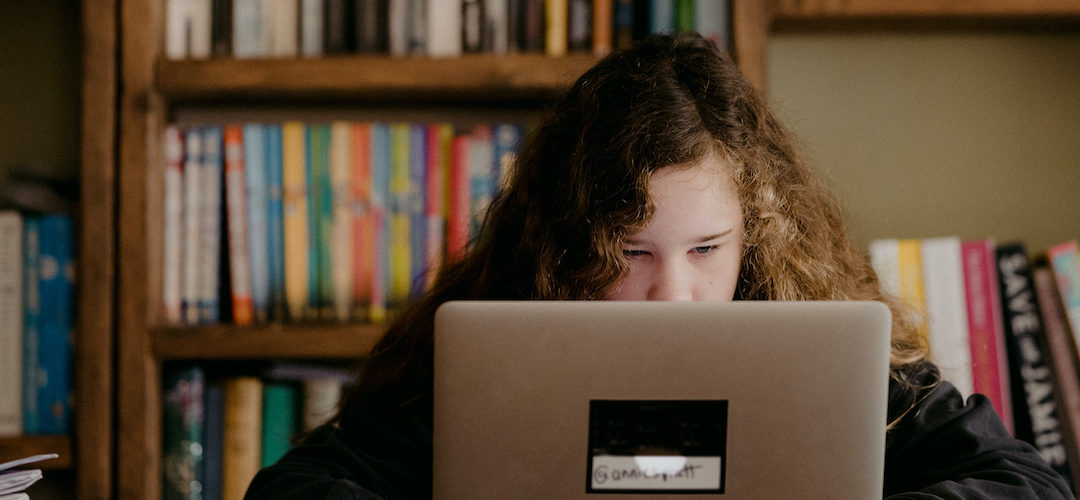Learning from National Innovators: Educating Students Under COVID-19
By Krista Kaput
Like all of you, our team at EdAllies is working to adjust to the new realities we face. There are a lot of unknowns, and, at times, it can feel scary. That urgency is also driving innovation that can ensure students have ongoing, immediate access to education—and that can potentially change the landscape indefinitely. As we prepare to do distance learning, it is imperative that we build on innovation to ensure every child has access to a rigorous, relevant, and equitable education. From ensuring internet access for the 17% of Minnesota’s students who do not currently have it, to providing devices to students who don’t have access, to developing totally new approaches to delivering content and supporting teachers, now is a critical moment.
Minnesota has the opportunity to step up to the plate—and many educators and schools already are. As we spend the next couple of weeks planning and preparing for distance learning, we can learn from the innovative things that states, districts, and charter schools are doing around the country to meet the needs of their students.
Creative Wi-Fi: Buses as Hot Spots
The South Carolina Department of Education will be stationing 3,000 school buses Monday through Friday with Wi-Fi access across the state for students to use. The placement of the buses will be prioritized in rural and other geographic locations where the percentage of students who qualify for free-or-reduced priced meals is 50 percent or greater.
Devices on Loan
New York City is offering to lend internet-enabled iPads to support remote learning for all students. Families have to request the device; then, the New York City Department of Education will work with the family to arrange a pick-up.
Leveraging Social Media
In North Texas, teachers are posting on Facebook to make daily videos for their students, while in East Texas, students are receiving their lessons via Zoom. Similarly, in Kansas, teachers are Facebook Live streaming their lessons, as well as utilizing other platforms like Zoom and Screencastify.
Virtual Learning Tailored by Grade
Success Academy, New York City’s largest charter network, has gone completely virtual. Students will still follow a Monday through Friday schedule, with the length of the day increasing by grade level—2.5 hours for students in K-2, 3.5 hours for grades 3-4, 5 hours for grades 5-8, and 6.5 hours for grades 9-12. Additionally, depending on the day of the week, high school students will have an additional hour built-in for either academic electives or counseling. Starting in the 5th grade, there will be synchronized learning time, and teachers will host daily office hours for middle and high school schools. In grades K-4, homeroom teachers will connect with each of their students two times a day for a few minutes—whether it’s to discuss something the student is reading or to help with a math problem. Last week, Success Academy shared their plans for educating their 18,000 students remotely in a free webinar.
Resource Sharing
As I wrote in our March Research Rundown, several organizations have compiled and are sharing resources, tools, and guidance for families and educators as they work through planning during school closures. (Access the resources here.)
Public Television as a Delivery System
America’s Public Television Station’s members partnered with several local school districts in California, Massachusetts, Michigan, Nevada, and Virginia to provide distance learning over broadcast and digital platforms for PreK-12 students. The South Carolina Department of Education partnered with South Carolina ETV to broadcast streamlined, curriculum-based programming for the state’s PreK-12 students. And, worth emphasizing, the content will be aligned to the state’s standards.
Learning from (and Ramping Up) Virtual Schools
The Florida Department of Education partnered with the Florida Virtual School (FLVS)—a free, fully accredited, statewide public school that offers more than 190 courses for K-12 students—to offer teacher professional development that is personalized to the online learning environment. To incentivize completing professional development and reach their goal of training 10,000 teachers statewide, the Florida Department of Education is offering $200 stipends to teachers who complete it.
FLVS is also increasing its server capacity so it can accommodate up to 400,000 new, full-time students by the end of April. Importantly, FLVS has a fully implemented program for English Learners and offers translation services for families to facilitate communication between the school and home.
We Want to Hear From You!
Are you a Minnesota educator or parent who is doing something innovative to meet the needs of your children? Do you have a concern about something that is (or isn’t) happening in your child’s education? You can help the EdAllies team understand the experiences of Minnesota educators, parents, and students in these unprecedented times. Please reach out to Michelle Koffa if you have an experience or concern you’d like to share.
Read other pieces in the Learning from National Innovators series:
- Part 2: Educating Students Under COVID-19
- Part 3: Educating Students During COVID-19
- Part 4: Measuring and Addressing Learning Loss

